Trincadeira is considered as one of the oldest varieties of Portugal. Its grape is mostly known to the world because of its feature of dark-coloring. The wines produced out of this grape are very deeply colored and look very impressive as to their appearance.
Origin
Trincadeira is known by the same name only in Portugal, whereas in all the other regions of the world, this variety of red wine grape is mostly referred and addressed as Tinta Amarela. Amarela means yellow in Portuguese and it refers to the color of the mature shoots.
In southern Portugal, particularly around Lisbon, Tinta Amarela is known as Espadeiro. This should not be confused with the Espadeiro grown in Minho and across the Spanish border in Galicia.
It is grown principally in the Douro, Dão and Alentejo wine regions.
Although Trincadeira is one of the most widespread Portuguese grape varieties, it shows best in hot, dry and very sunny areas and the vine is susceptible to rot, which makes it perfectly suited to regions such as the Alentejo. This is the oldest and most widely planted grape variety in the Alentejo region, where it is called Trincadeira. The wine tends to be full-bodied and rich, with aromas of blackberries, herbs and flowers.
Tinta Amarela or Trincadeira is a red wine grape that is commonly used also in Port wine production. The dark-colored grape’s use in the Douro region has been increasing in recent years.
The synonyms of this grapevine include the Portugal Malbec.
Grape
In the vineyard, Trincadeira/Tinta Amarela is notoriously tricky to grow. Its berries are highly susceptible to rot; this is of particular significance on Portugal’s Atlantic coast, which gets broadsided by cold, wet ocean winds as soon as autumn arrives.
The plantation of this variety of grape is not an easy job since this grape demands a lot of care to grow and further to mature.
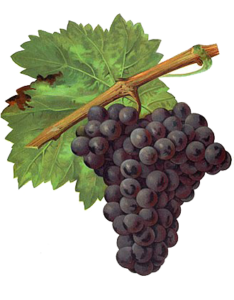
Also, it is no less a challenge for harvesting; the optimal ripening time of the berries is very short. Picked too early, the fruit is lean and has a weak aroma. Picking too late, the result is overripe, cooked berries with low acidity.
Despite the obvious challenges it presents in the vineyard, Trincadeira can be a highly rewarding vine to grow. In the right conditions, it provides good yields of deeply colored, richly flavored fruit.
Wine
Generally, the Trincadeira yields great full-bodied wines with excellent acidity, soft tannins and abundant, intense aromas of black plum and jammy blackberry. The wines produced out of this variety of red wine grape are very elegant and balanced.
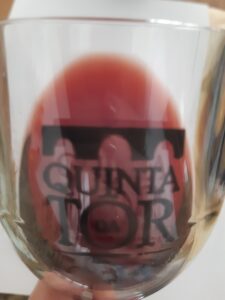
In their youth, Trincadeira wines offer herbaceous aromas often complemented by darker notes akin to black tea. With a little age, tangy blackberry flavors emerge.
If all the conditions during the plantation of this vine are favorable, this grape produces marvelous wines and therefore these wines are preferred by a majority of people on their dinner table.
A Trincadeira blended with Aragonês in the Alentejo or with Touriga Nacional in the Douro, where it is known as Tinta Amarela, will result in a very engaging wine.

Food pairing
Trincadeira is a fun grape and therefore it can be flavored with a number of food items that make it all the more rich and tasteful.
The wines produced out of this grape variety are not very robust. Talking about the food pairing, the wines produced out of this grape go well with different varieties of cheese, especially soft cheese and various traditional dishes.
When it comes to food pairing, think also the pork, lamb, and poultry dishes. Meals featuring paprika or other sweet/smoky spices also pair well. Finally, rich grain-based dishes (sauced polenta, cheesy grits, and creamy risottos) can be excellent matches, as can pates or various salamis.
Trincadeira wine also goes well with Asian food as Thai chicken, different European paellas or an excellent Argentinean beef.
This same trend about this Tinta Amarela grape variety has been evident in Australia as well, mainly in Barossa Valley and McLaren Vale.
Would you like to taste it?
Trincadeira 2015 by Quinta da Tôr, Algarve
Rosé 2017 by Quinta do Francês
A Laranja Mecânica 2018 by Fitapreta, Alentejo
Vinha da Coutada Velha 2018, from Alentejo


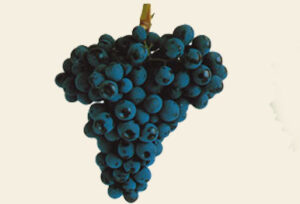
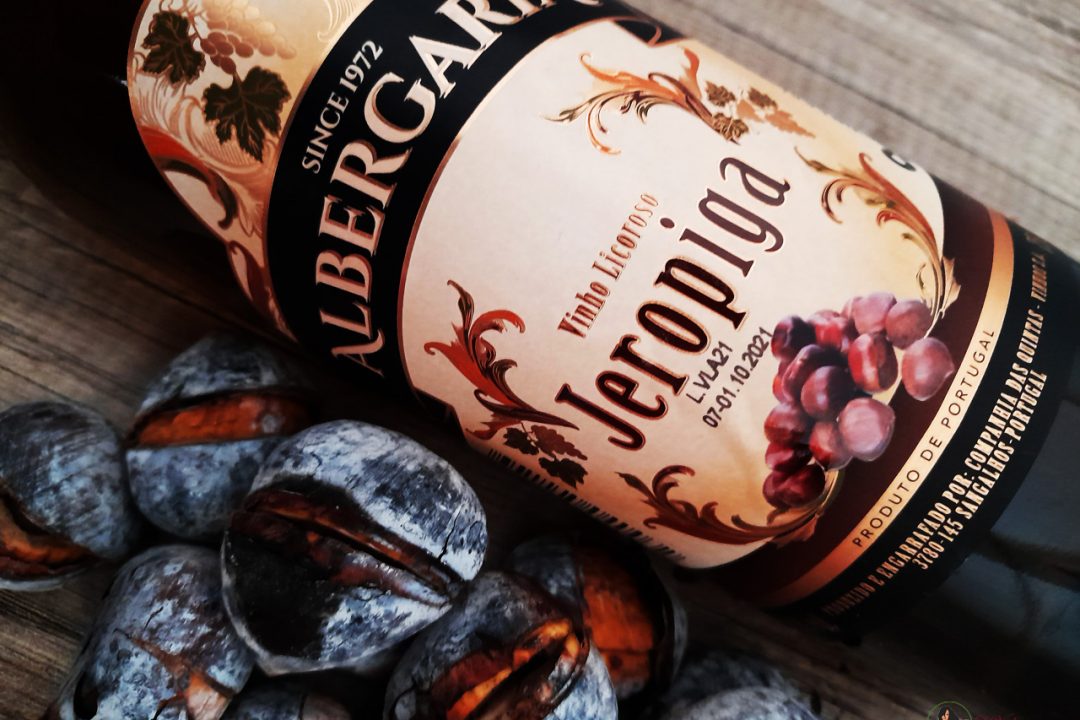
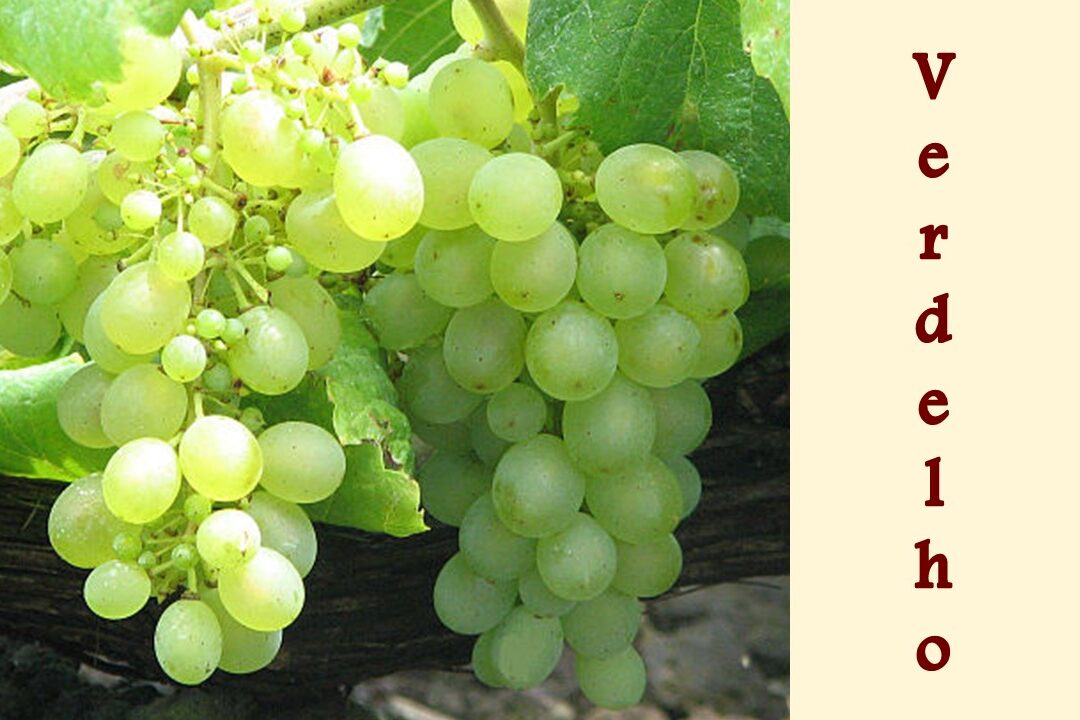
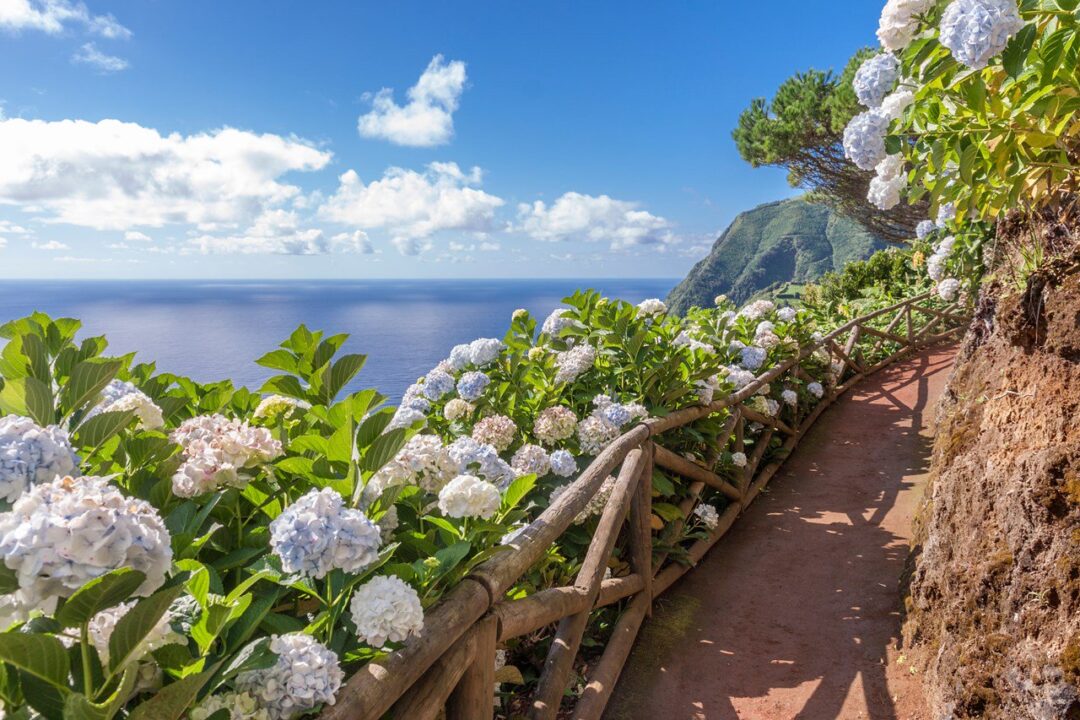

No Comments Found